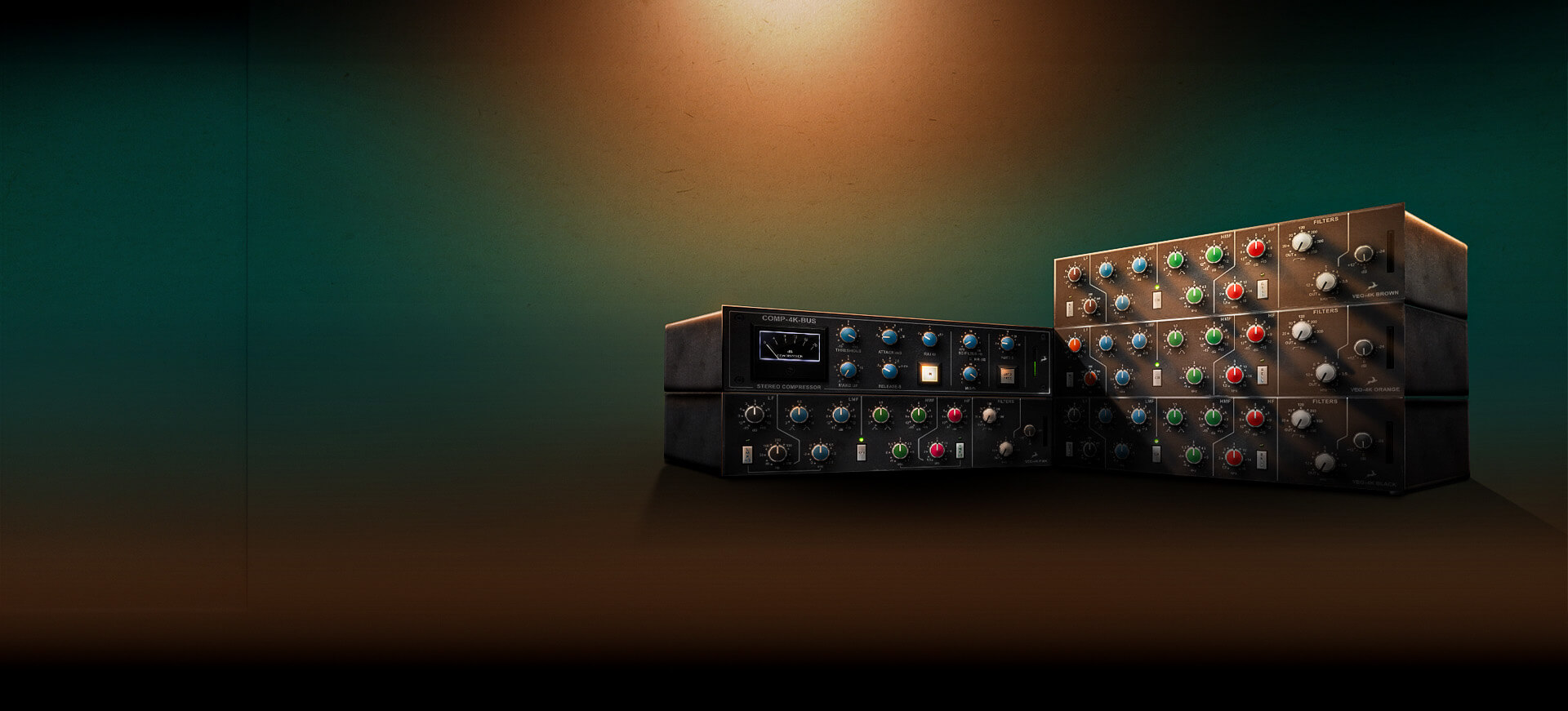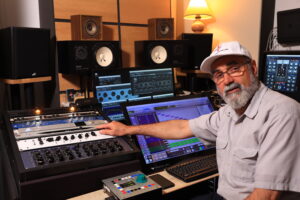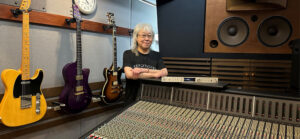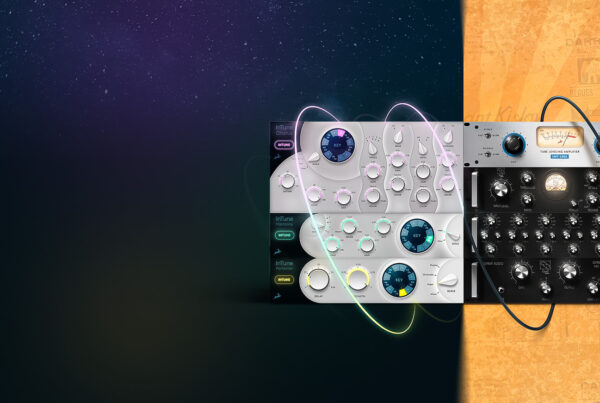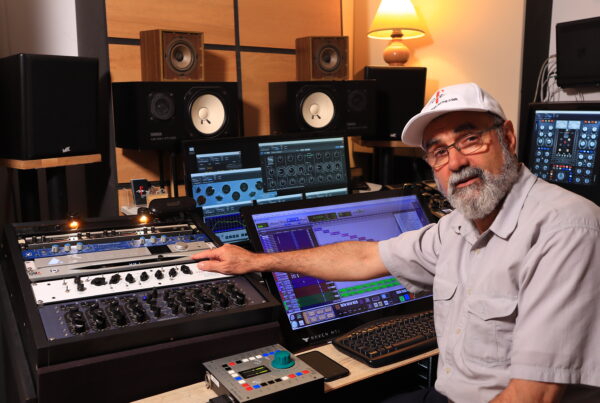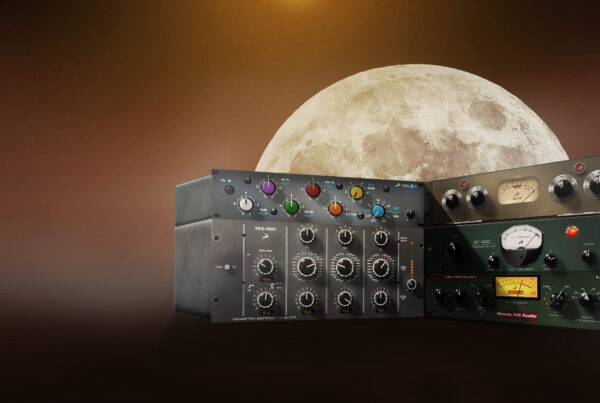No other analog console had a bigger influence on recording
It wasn’t just a mixing desk, it was a complete recording system. The ‘4K series’ automated console – designed in Begbroke, Oxfordshire, UK – transformed music production in the ’80s and ’90s. The automation was not the only feature which put it ahead of industry standards of the time, the ‘4K series’ was radically different from any previous desk in that every single channel had its own compressor and noise gate, and the master bus boasted a unique compressor which acted on the VCAs (Voltage Controlled Amplifiers) used for volume automation. The EQ was considered by many recording engineers as somewhat harsh compared to the Neves and APIs of the late seventies, while young guns loved the brightness of the desk, which enabled creative extravagance beyond naturalistic recording.
The results were soon in the charts – Phil Collins’ rock oddity classic In the Air Tonight, masterpieces like Steve Winwood’s Back in the High Life Again, and era-defining hits from ABC, Malcolm McLaren, Yes, and Frankie Goes to Hollywood. The ‘4K series’ was both a secret weapon of production-line pop from Kylie Minogue and Rick Astley and a key production tool for modern rock records like Dave Matthews’ Under the Table and Dreaming, and weapon of choice for top US mix engineers like Bob Clearmountain (David Bowie, Rolling Stones, Chic, Roxy Music). Antelope’s engineers have modeled the four key variants of the ‘4K series’ EQ, and the bus compressor from the legendary 4k console, as plugins to use directly within your workstation, increasing the portability of your mix sessions and extending workflow possibilities.
Make it sound like a record with COMP-4K BUS
Tony Maserati and Mark «Spike» Stent are just a couple of the many top engineers who use the original hardware 4k stereo bus compressor as the special ingredient to glue their mixes together. Antelope designers have carefully modeled the characteristics of the VCA-based bus compressor with the COMP-4K BUS plugin – now it’s available to use on as many channels or groups as you need in your DAW.
The hardware bus comp is fondly remembered for its uncanny knack of melding instruments and performances from dozens of audio channels into a larger-than-life mix. The VCA-based «glue» features have been carefully recreated by Antelope’s coders for the COMP-4K BUS plugin. Part of the appeal of the original bus comp was its .1-30ms attack time: the faster time held every peak if required, while the unusually slow 30ms setting allowed important percussive transients on rock tunes to pass un-compressed, even with low thresholds, while «sucking up» ambience tails through make-up gain to deliver punchy small-speaker-ready mixes. In comparison to earlier tube equipment, other solid state compressors of the time had disappointing Auto settings: the ‘4k’ bus comp was famed for its Auto Release setting, always ready to inflate a rough mix, and this has been faithfully modelled in the Antelope plugin.
A popular modification to the hardware 4k bus comp was a sidechain filter (attenuating low frequencies, to avoid kick and bass driving the compression to pump too much); this has been implemented with a handy 0-500Hz continuously variable control on the COMP-4K BUS plugin. New York style – or parallel compression – involves using more radical settings than normal to over-compress a mix, and then combining the result judiciously back in with the clean mix. This tricky-to-patch setup has been simplified on the COMP-4K BUS with a Wet/Dry mix control. Now you can use as many instances as you like of this legendary dynamics processor on your own mixes, as a native plugin within your DAW and with your interface of choice.
4k EQs deliver sonic punch
Want to use the same EQ as Dr. Dre? The hardware ‘4K series’ mixer not only defined the classic rock and pop sounds of the ’80s and ’90s, but became a key production tool for the hip-hop greats of the 2000s. Hip-hop classics such as Tupac Shakur’s mastercut, All Eyez On Me, recorded at Can-Am Studios, introduced the production chops of Dr. Dre, Dat Nigga Daz, and Quiksta – all of whom went on to produce their own 4K-mixed classics. Heavyweight artists from Soundgarden to Drake and 50 Cent still rely on 4k EQs to deliver a sonic punch.
The hardware original has been modeled by Antelope as the VEQ-4K parametric equalizer plugin, in the five variants of the original: brown, orange, black and pink (so called because of the LF/HF knob color). Subtle tonal differences have been faithfully recreated, from the gritty original Brown, through the Pultec-style EQ curves of the Orange. The Black E-Series has extra boost and cut of +/- 18dB; the later G-Series Pink, with ‘Bell’ switches of the earlier EQs replaced by ‘x3’ and ‘÷3’ for the mid bands, and LF and HF bands as shelving EQs, have been faithfully modeled. Capable of being nicely transparent, the 4k was still ready to be anything but subtle if needed. A few radical tweaks of the Black knob’s fully parametric middle EQs or the switchable Bell/Curve high and low bands could achieve quite dramatic results, transforming bland electronic sounds and earning the E-Series (in particular) a reputation as one of the most dynamic and aggressive channel EQs available.
«Everything is getting a little EQ, and on the 4k you can have the compressor in on every channel, you can top everything off a little bit. Like a little bit of salt and pepper, it’s almost like the perfect kitchen,» said 5-time GRAMMY award-winning mix engineer Chris Lord-Alge to the author. Antelope’s engineers spent years researching, measuring, and testing original hardware, so that you can enjoy the same seasoning as top recording stars like Lord-Alge within your DAW. The new UK Vibe Plugins are part of Antelope’s ongoing commitment to continuously expand and update the Synergy Core Native library – with membership options to suit the needs and pockets of a wide range of users.
– Nigel Jopson
Explore the Synergy Core Native collection HERE


